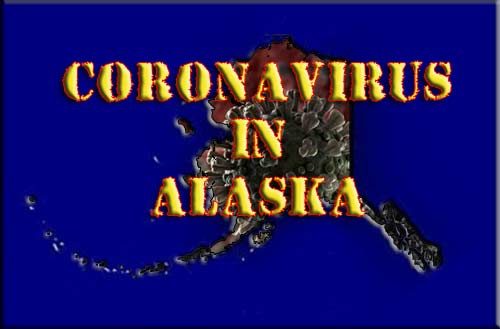CAMP DENALI, Alaska—Airmen with the Alaska Air National Guard’s 210th, 211th and 212th Rescue Squadrons rescued a pilot stranded 80 miles northwest of Bettles April 21.
A concerned family member of the pilot notified the 11th Air Force Rescue Coordination Center at 10:23 p.m. April 20 that the pilot’s aircraft, an Aviat Husky, was overdue. The RCC immediately called the FAA to solicit reports of emergency locator transmitter beacons in the Fairbanks vicinity.
According to the RCC, after airports along the pilot’s flight path reported no sign of the aircraft, the FAA issued an alert notice for an overdue aircraft traveling from Chena Marina to an area northwest of Bettles.
|
|
“By filing a flight plan with his family, the RCC was able to identify that the aircraft was overdue rather quickly,” said Senior Master Sgt. Robert Carte, superintendent, 11th Air Force RCC. “We strongly encourage people to file a flight plan with the FAA, or at a minimum, with their family.
The 176th Wing of the Alaska Air National Guard, based at Joint Base Elmendorf-Richardson, accepted the mission to search for the overdue aircraft and notified the 211th and 212th Rescue Squadrons of the situation.
Subsequently, the RCC received the first report of an ELT at 2:26 a.m. from a high flying aircraft in the vicinity of the pilot’s intended route of flight. At 3:05 a.m., an HC-130 “King” aircraft from the 211th Rescue Squadron was airborne, with a 212th Guardian Angel pararescue team onboard, from Joint Base Elmendorf- Richardson and enroute to the pilot’s last known location.
After picking up the electronic signal at 5:26 a.m., the HC-130 was able to visually locate the aircraft and pilot stranded on a sandbar about 80 miles northwest of Bettles at 5:45 a.m.
After establishing radio contact with the pilot, it was determined that he had no medical issues and that a helicopter would be required for a rescue.
An HH-60 Pave Hawk helicopter from the 210th Rescue Squadron with another Guardian Angel pararescue team onboard from the 212th Rescue Squadron was enroute to the plane’s location shortly after 6 a.m. The helicopter arrived on scene and the Guardian Angels began recovery efforts at 11:20 a.m. There was no place near the plane’s location for the helicopter to safely land, so a rescue hoist had to be conducted to lift the pilot to safety.
The pilot was on board the helicopter and enroute to the Fairbanks International Airport at 11:25 a.m. where he was released to Alaska State Troopers at 1:15 p.m.
According to the RCC the pilot was prepared with a survival kit.
“Flying during the winter in Alaska is a higher risk activity, and we encourage everyone to have an adequate survival kit,” Carte said. “Luckily, we were able to rescue the pilot in a short amount of time, and he wasn’t forced to use all of his survival gear. Rescue forces can be delayed due to weather and other issues that may arise. Aviators need to be able to sustain the life of the crew and passengers for a couple of days.”
The Alaska Air National Guard’s 210th, 211th and 212th Rescue Squadrons were awarded one save for this mission.



